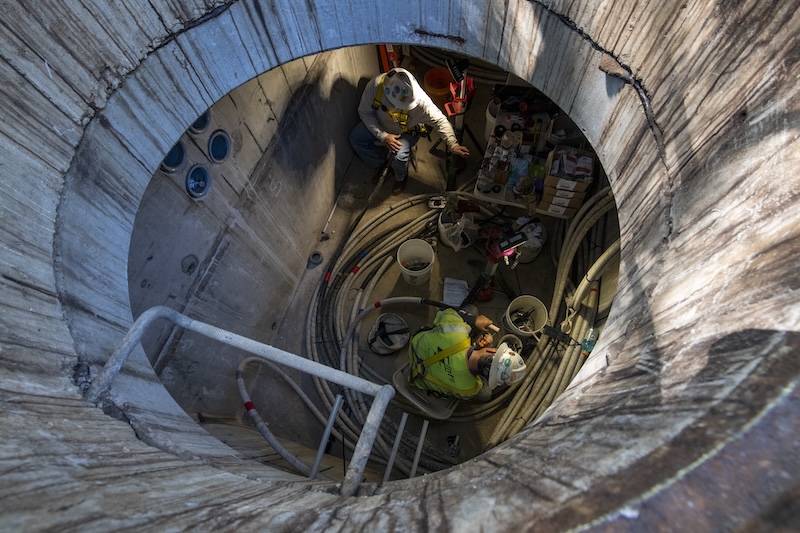
Confined spaces are difficult to enter and exit and are generally not designed for continuous human occupancy. When a confined space contains a hazard or a hazard is introduced, they can be extremely dangerous. Every year, a number of fatalities occur from confined space accidents, and often this includes someone who was just trying to help rescue a coworker.
Examples of confined spaces at the LBNL include round manholes, vaults, pits, research vessels, tanks, and air handling units. The Confined Space Program and Maximo Inventory provides a guide to these spaces. The LBNL procedures that must be followed to ensure your safety are in Chapter 34 of PUB 3000.
If you, or a coworker, must enter a space that might be a confined space, you will need the training to become familiar with the LBNL procedures that are in place to protect your health and safety.
Contact the Confined Space Program Manager for new space evaluations, written entry permits, guidance with LBNL policy/procedures and assistance with hazard control design.
If your work requires confined space training, then contact Raul Cantu via email at RCantu@lbl.gov to schedule one of the monthly, classroom training courses.
Employee Field Guides
Also refer to PUB-3000, Chapter 34 Confined Spaces (quick start).
More Information
OSHA Confined Space Guidance (link)
OSHA: Construction Industry Standard (pdf)
OSHA: General Industry Standard (link)